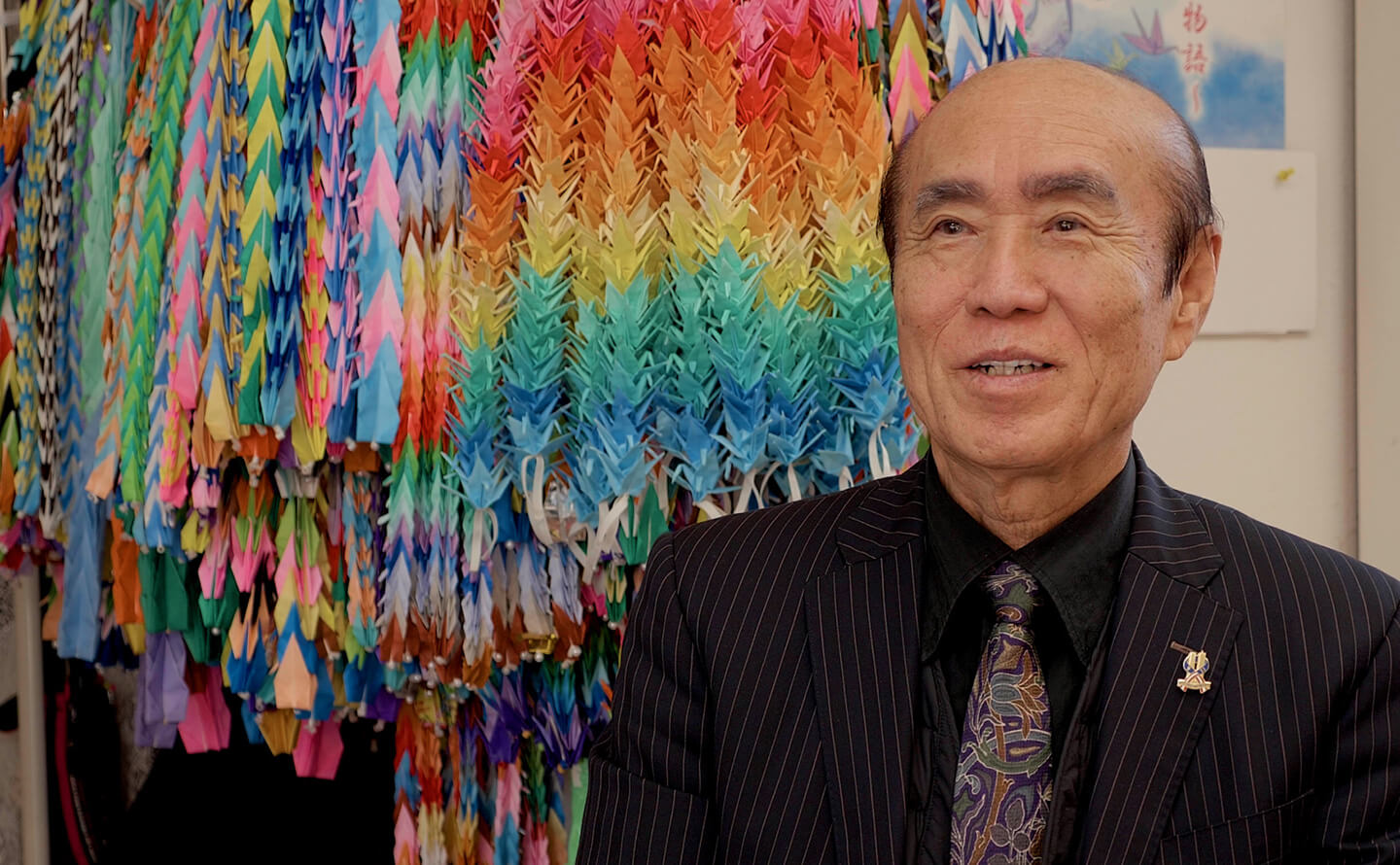Project Paper Crane
- Product name
- SADAKO
- Manufacturer
- CASTEM Co., Ltd.
- Year of manufacture
- 2021
- Size
- Depth7mm×Width23mm×Height13mm
- Material
- Stainless
- Weight
- 1g
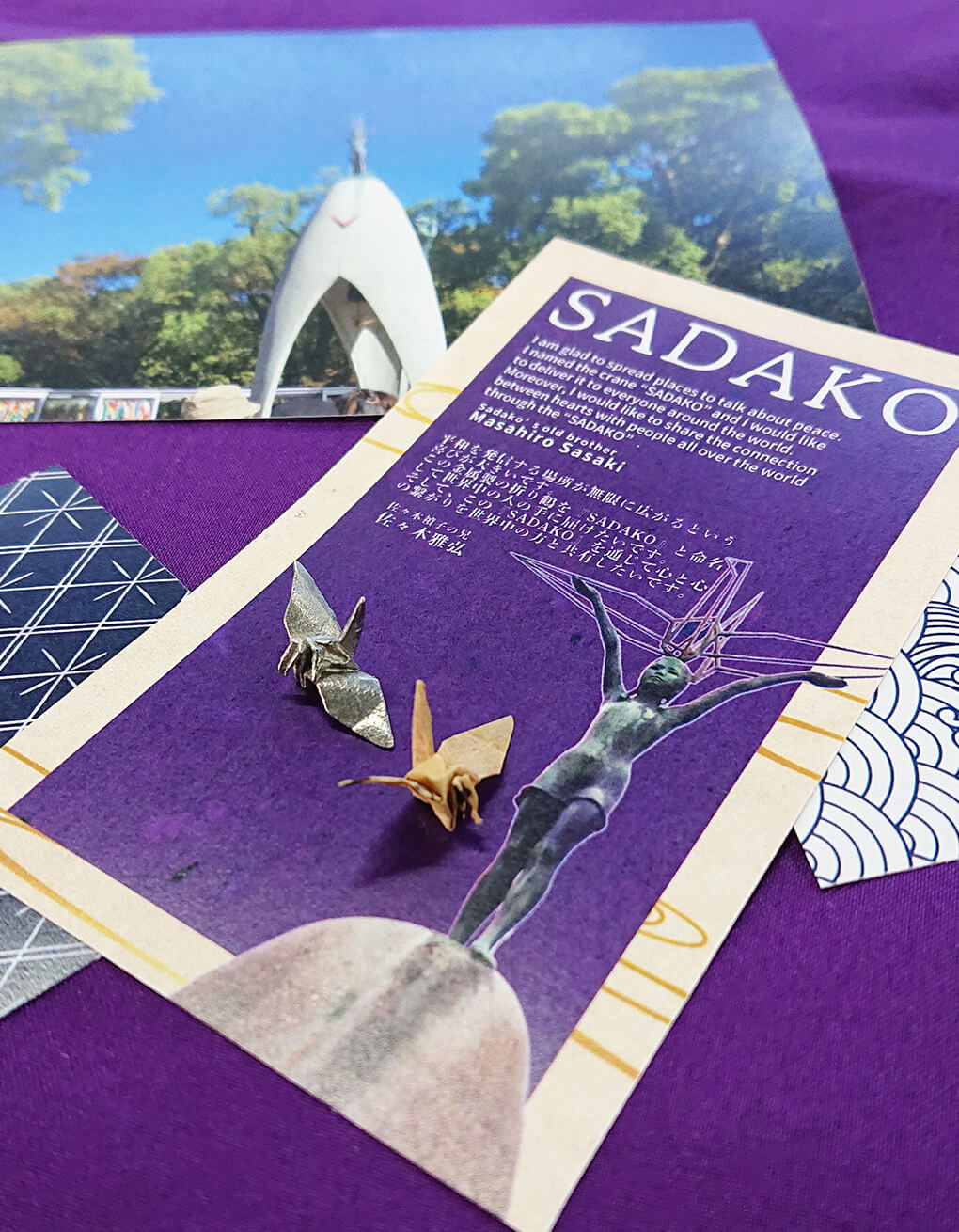
Sadako was just two years old when the atomic bomb was dropped on Hiroshima in 1945. At the age of 12, 10 years after her exposure to the atomic bomb, she developed leukemia and passed away. During her battle with leukemia, she folded over 1000 origami cranes with the hope of overcoming her illness. Today, these cranes have become a symbol of hope and peace, and are known as “Sadako’s Origami Cranes” and inspire people all over the world to pray for peace and happiness.
Every year, more than 10 million origami cranes weighing nearly 10 tons are delivered to the Children’s Peace Monument at the Hiroshima Peace Memorial Park. At the top of the monument is a statue modeled after Sasaki Sadako.
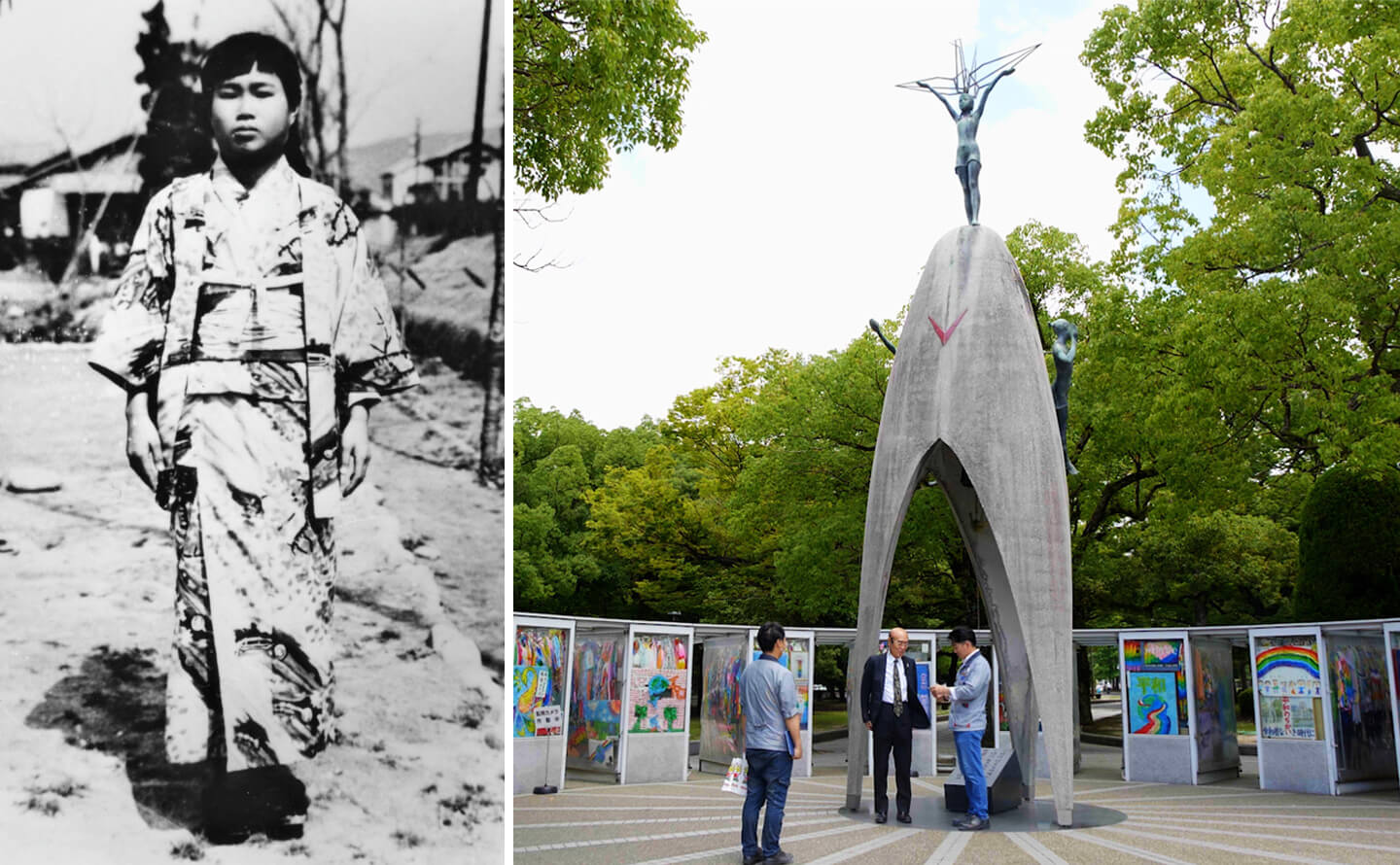
Currently, there are only around 100 of Sadako’s Origami Cranes remaining, including those held by the Sasaki family and the Hiroshima Peace Memorial Museum. Due to the limited number of cranes, it is impossible to fulfill all the donation requests from people all over the world. Additionally, as the cranes are made of paper, the color fades over time, and the paper deteriorates, requiring specialized knowledge and expensive equipment to preserve the cranes.
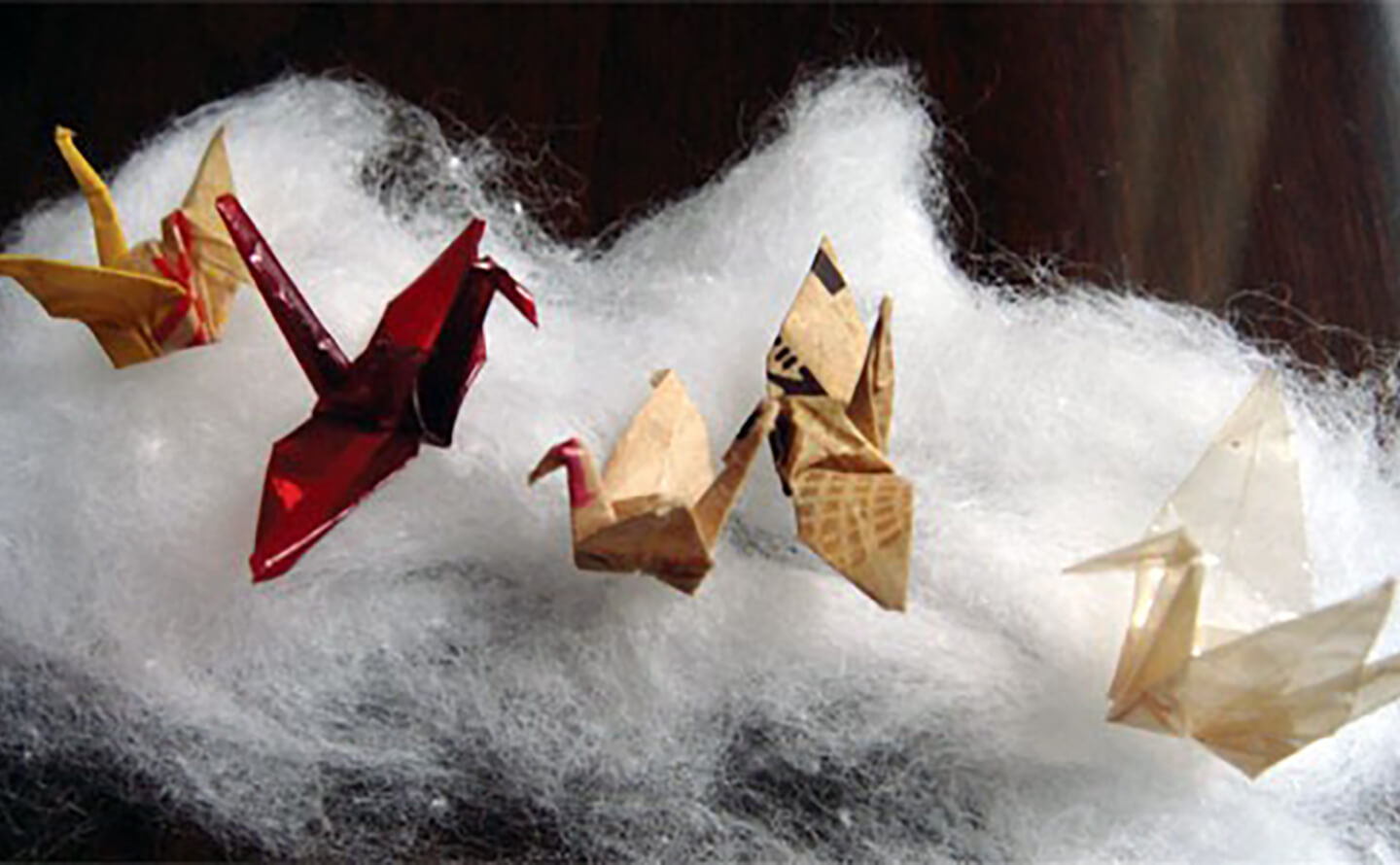
As a Hiroshima-based company, we felt it was our duty to contribute somehow to this symbol of peace, Sadako’s Origami Crane, and launched this project.
In reality, it is impossible to deliver Sadako’s Origami Cranes to people all over the world. However, with the latest 3D scanning technology, it is now possible to replicate every tiny detail, from the folds and texture of the paper to even the wrinkles. These details can all be converted into data that can be replicated through precision casting or lost-wax casting and turned into metal, forever preserving Sadako’s Origami Cranes and making it possible to deliver them to people all over the world.
The fusion of the latest digital technology and conventional manufacturing technology makes the impossible possible.
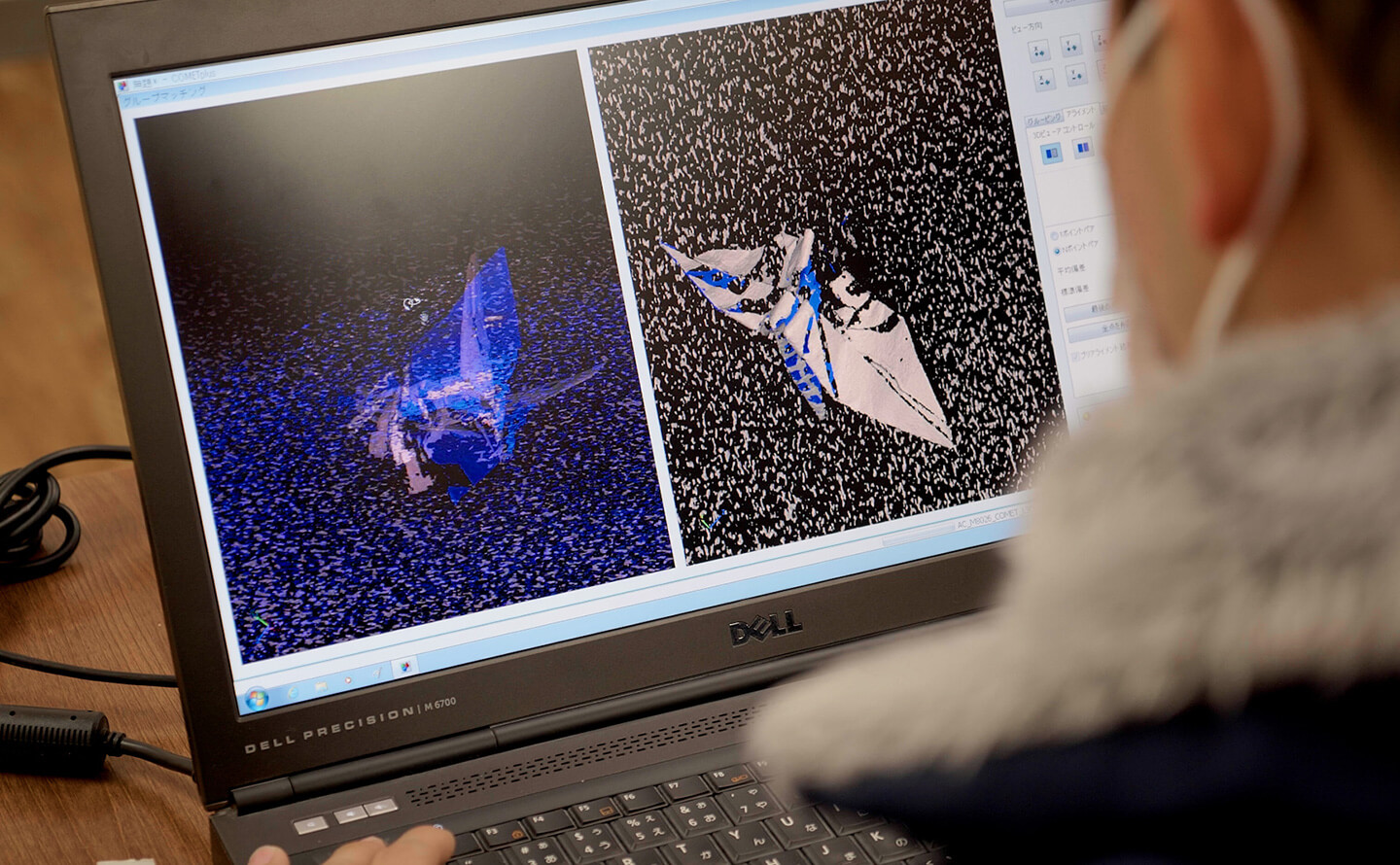
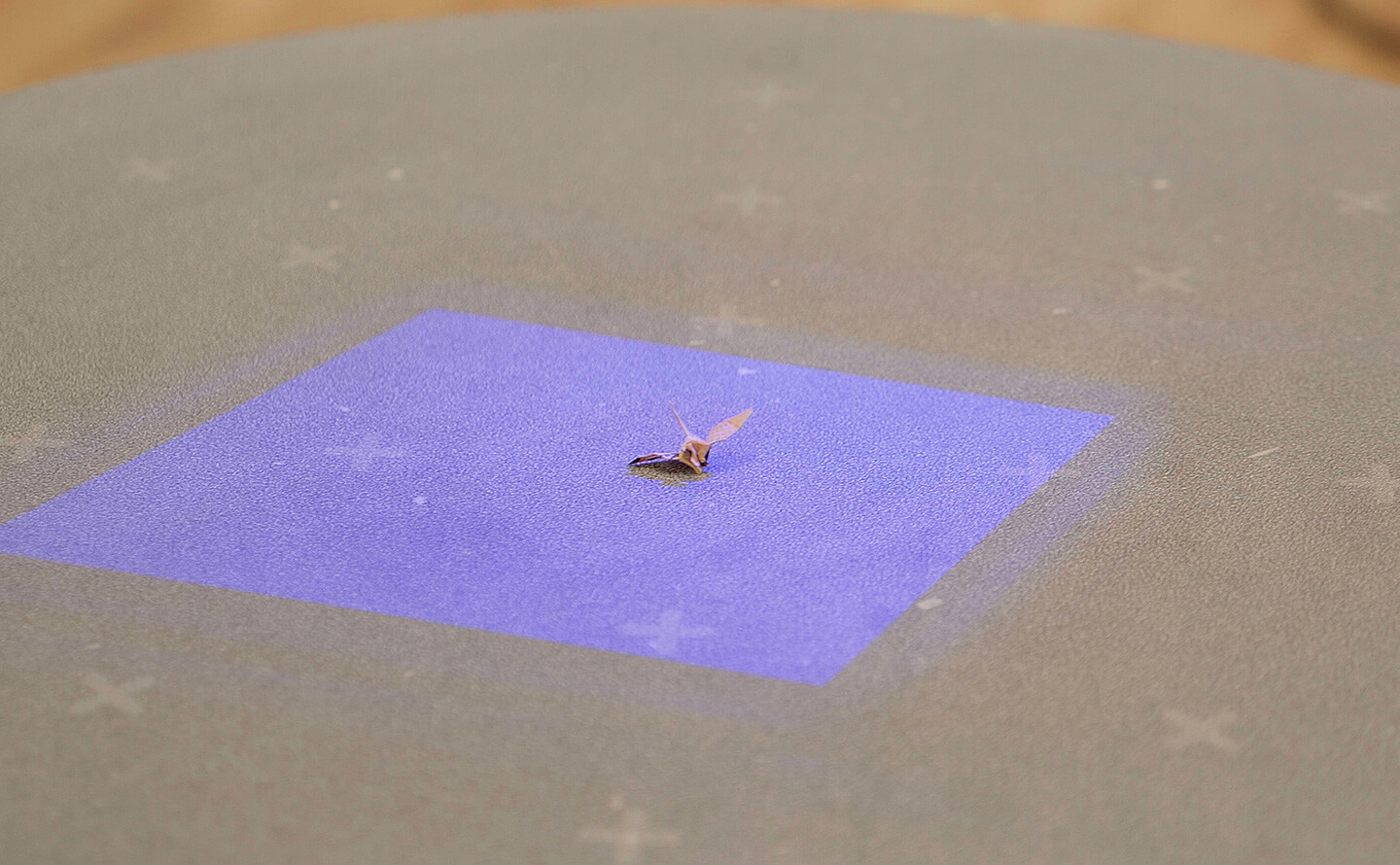
The specific origami crane used for replication and preservation is extraordinary. At the time of her passing, this crane was found at her bedside and is thought to be the last crane she folded in her final moments.
When we first held this crane, in spite of its tiny size, we were in awe of the detail and strength with which she folded this crane.
At this moment, we felt that it was our mission to also bring to life Sadako’s hopes and dreams, exemplified by this origami crane that she folded.
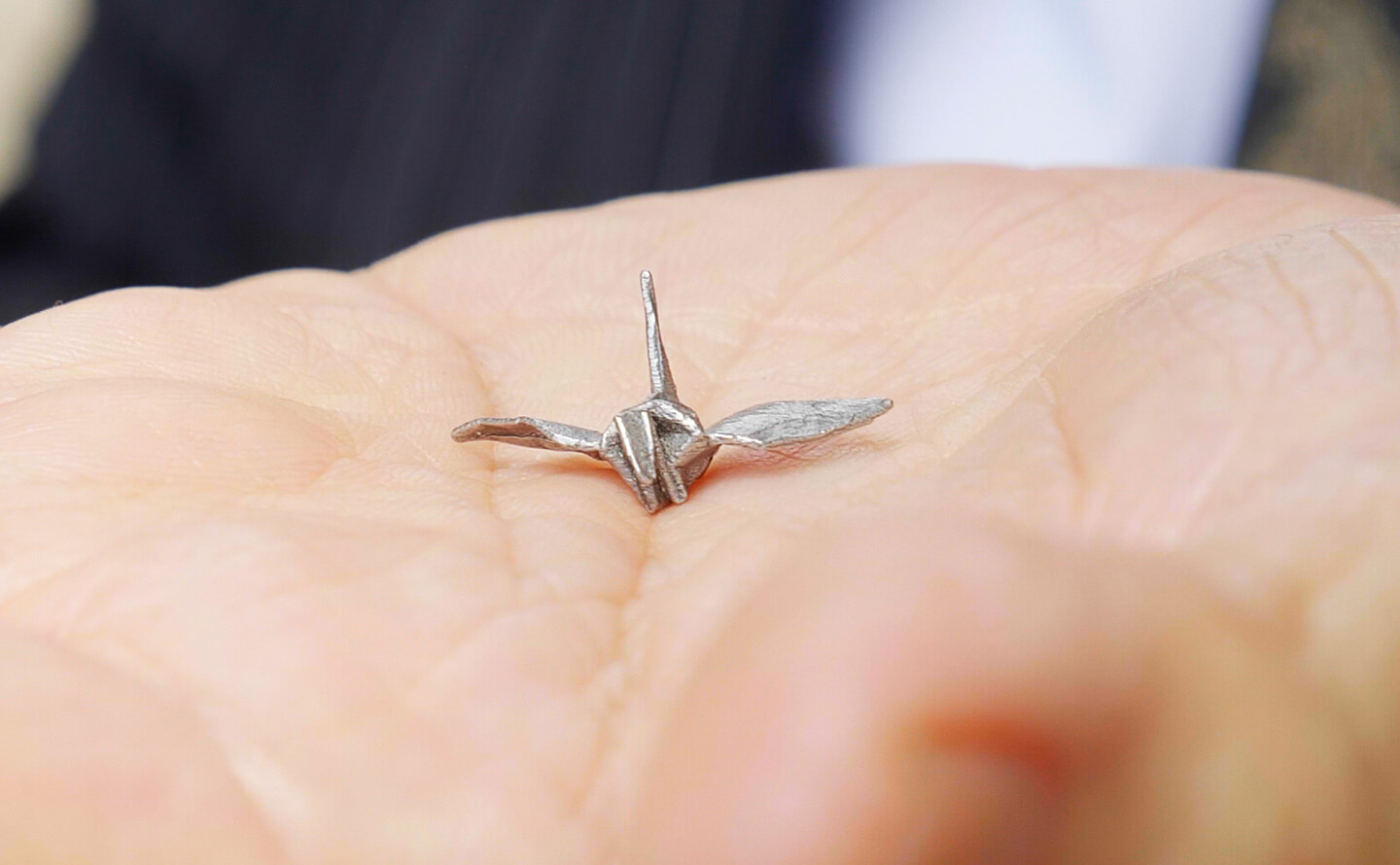
I’m happy that the opportunity to spread peace has no end.
Rather than a simple replica, Sadako and her hopes and dreams were brought to life by combining 3D technology and precision casting technology. With this in mind, I named this origami crane ‘SADAKO’ and would like to deliver it to people all over the world.
